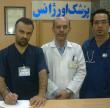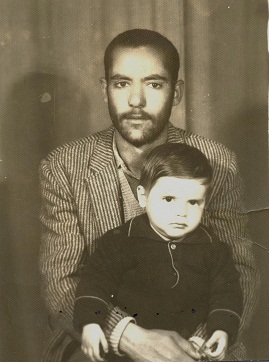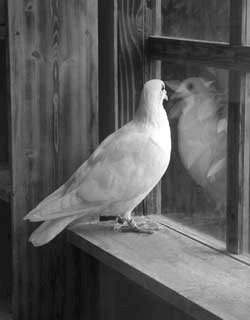



























Skull injuries may present with contusions, lacerations, or hematomas to the scalp; blood or fluid leakage from the ears or nose; and/or bruising around the eyes or behind the ears. Deformity to the head may also indicate the presence of a skull injury; however, 80% of all skull fractures are linear, not depressed ).

Head trauma. Note periorbital ecchymosis (raccoon eyes), enlargement of one pupil, fluid from the ear, and bruising behind ear (Battle"s sign). (Illustration by Jason M. McAlexander, MFA. Copyright © 2007 Wild Iris Medical Education.)
Fluid leakage from the nose or ears can be a relatively early indication of a basilar skull fracture, while bruising around the eyes (referred to as raccoon eyes) is a dramatic sign that usually develops later. Another late sign, which may be evidence of an occipital basilar skull fracture, is bruising behind the ears, known as Battle"s sign. Both of these signs generally develop within hours of the injury.
Though skull fractures may make for a dramatic presentation, the underlying injury to the brain, and the symptoms associated with that injury, dictate the appropriate management of the patient.
Head injuries are categorized as open or closed. Both may produce an altered or decreasing mental status demonstrated as confusion, disorientation, repetitive questioning, or unresponsiveness. Other signs may include neurologic disability, nausea and/or vomiting, seizures, or unequal pupils. Changes to the patient"s breathing may also be present depending on the location of the injury and the degree of intracranial pressure.
Though drugs, alcohol, and other altered physiology may result in unusual presentation of the pupils, these findings, when associated with an altered mental status, may also indicate the severity and location of a traumatic brain injury. In this setting, dilated nonreactive pupils indicate a brain stem injury with a grim prognosis; however, if the pupils are dilated but reactive, the injury may be reversible. Unequal pupils (anisocoria) with one dilated but reactive pupil are a sign of increasing cerebral pressure, and anisocoria with a dilated, nonreactive pupil is an extreme emergency mandating rapid transport and hyperventilation (BTLS, 2004).
After taking Universal Precautions, the first step in management of the head-injured patient is addressing any life-threatening conditions that may be present. After those conditions have been addressed, the focus moves to managing cerebral perfusion by maintaining adequate oxygenation of cerebral tissues and maintaining the patient"s blood pressure (PHTLS, 2003).
An initial assessment with spinal immobilization is done on scene, with a complete detailed physical exam performed en route. Prehospital care for head-injured patients is directed at preventing further injury or insult and delivering the patient to a higher level of care for definitive treatment. Quick transport to an appropriate receiving facility is a high priority.
Because altered patients may not be able to effectively maintain an open airway, airway management is a priority for these patients. Supplemental oxygen is indicated for the patient"s hypoperfused cells. Some patients will require endotracheal intubation; however, keep in mind that multiple attempts at intubation have been shown to increase intracranial pressure (ICP).
Advanced airway management for head-injured patients should be performed by the most experienced provider on scene. If a head-injured patient requires intubation, cervical spinal precautions must be maintained throughout the procedure. Use of alternative airway devices, such as the Combitube, King Laryngeal Tube, or EOA may be considered, and may minimize manipulation of the cervical spine.
Open head injuries often bleed profusely. Usually the bleeding is from scalp injuries rather than within the cranium. Bleeding is controlled with direct pressure and pressure dressings; however, pressure should not be applied to an open or depressed skull injury. Any impaled is bandaged in place to minimize manipulation.
An open head injury may present with the presence of brain matter. The presence of brain matter outside of the cranial vault is not in and of itself an indication of death. A patient who is still breathing, and has a pulse, should be treated and transported in the same manner as any other head-injured patient and treated in accordance with the assessment findings.
Head-injured patients need to be frequently reassessed. As ICP increases, changes to the patient"s vital signs may indicate a need to adjust your treatment plan. If a patient who was initially confused becomes unresponsive, you may consider intubation. If changes to the pupils are noted, as discussed in the previous section, it may be appropriate to adjust the ventilation rate you are delivering.
Assume that any patient with a head injury has an associated spinal injury. Spinal precautions should be taken to reduce the risk of further exacerbating unidentified spinal injuries